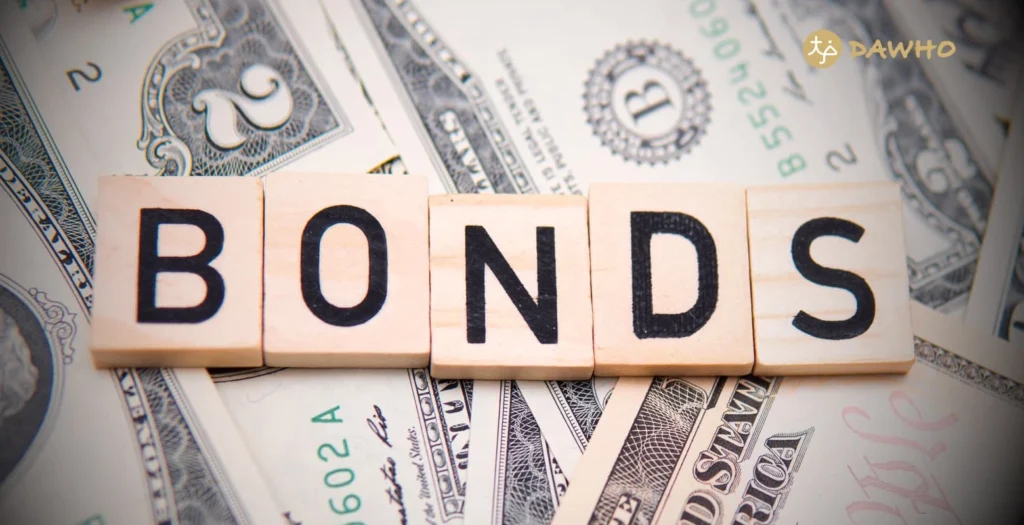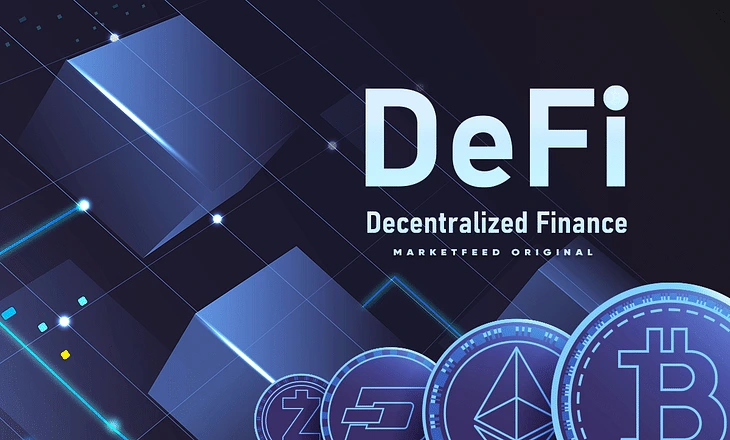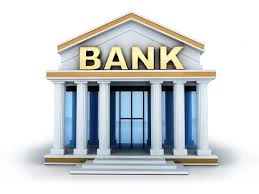Can RWA Be Traded Across Borders? A Practical Guide to Cross-Border RWA
April 9, 2025

The concept of tokenized real-world assets (RWAs) being traded seamlessly across borders has emerged as one of blockchain’s most promising and transformative ideas. But can cross-border RWA work at scale today? To answer that, it’s helpful to move beyond hype and into the mechanics—what’s working now, what’s emerging, and where the current roadblocks lie.
Let’s explore what you need to know.
What Is Cross-Border RWA?
Cross-border RWA refers to the tokenization and transfer of real-world assets—such as real estate, bonds, invoices, or commodities—across jurisdictions using blockchain technology. In other words, a property in one country could, in theory, be bought or used as collateral by someone in another country, without the need for traditional intermediaries.
Blockchain serves as the foundation for this process. By representing ownership as digital tokens, it allows for programmable, transparent, and border-agnostic transactions. This has opened the door to more accessible and efficient markets—but it’s not without complications.


Why Cross-Border RWA Matters
The tokenization of RWAs offers several advantages that make global trading particularly attractive:
- Increased Liquidity: Tokenized assets can be fractionalized, allowing more investors to participate in markets previously out of reach.
- Improved Accessibility: Investors from emerging economies can tap into global opportunities without complex banking or legal systems.
- Efficiency Gains: Smart contracts can automate compliance, settlements, and asset management, reducing manual processes.
- DeFi Integration: RWAs can be integrated into decentralized finance, allowing them to be used in lending, staking, or yield-generating activities—across borders.

In theory, this creates a world where an investor in Canada can seamlessly invest in farmland in Argentina or a factory in Vietnam using tokenized instruments.
Technical and Legal Hurdles to Cross-Border RWA
While the potential is exciting, the reality is more nuanced. There are significant challenges that need to be addressed before cross-border RWA can scale reliably.
1. Jurisdictional Fragmentation
Each country has its own rules about what qualifies as legal ownership, how assets are taxed, and how data must be stored. This fragmentation means that a token representing ownership in one jurisdiction might be meaningless—or even illegal—in another.


2. Enforceability of Rights
Tokenized assets are only as useful as the rights they represent. What happens if there’s a legal dispute? Which court handles it? Whose laws apply? Currently, there’s no global legal framework for digital assets, making enforcement murky at best.
3. Technical Standardization
The lack of standard token formats and identity frameworks adds friction. Without interoperability—between blockchains, protocols, and legal entities—it’s difficult to ensure seamless cross-border transactions.
4. Foreign Exchange (FX) Risk
Trading real-world assets globally also introduces currency volatility. Investors may see their returns fluctuate significantly due to exchange rate differences, especially in emerging market assets.

What’s Working Today?
Despite these challenges, progress is being made. Several blockchain projects and financial institutions are experimenting with RWA use cases:
- Centrifuge allows businesses to tokenize invoices and access DeFi liquidity.
- MakerDAO is onboarding real-world assets into its ecosystem to back its stablecoin, DAI.
- Maple Finance and others are building institutional-grade lending platforms that include RWA collateral.
Some governments are also stepping up. The Monetary Authority of Singapore (MAS) and the European Union have both begun exploring regulatory frameworks that account for international interoperability.
Looking Ahead: What Needs to Happen
For cross-border RWA to become mainstream, several foundational elements must evolve:
- Legal Harmonization: Countries will need to develop mutual recognition of digital assets and create dispute resolution frameworks.
- Standard Protocols: Token formats, identity systems, and compliance procedures must be unified across platforms and jurisdictions.
- Institutional Adoption: Banks, custodians, and regulators must play a larger role in bridging on-chain and off-chain systems.
This won’t happen overnight—but the pieces are slowly falling into place.


Final Thoughts: Cross-Border RWA Is Promising, but Still Maturing
So, can RWA be traded globally? Cross-border RWA is technically feasible in isolated cases today—but far from being a seamless, global standard. Legal complexity, regulatory uncertainty, and technical gaps still stand in the way of widespread adoption.
Still, momentum is building. As tokenization gains traction and international frameworks catch up, cross-border RWA has the potential to redefine how we trade, invest, and own real-world value on a global scale.
For now, it remains a space worth watching—and one where collaboration, not competition, will likely determine the pace of progress.
Relevant Link : Cross-Border RWA: A Technical Breakdown of Global Real-World Asset Trading

